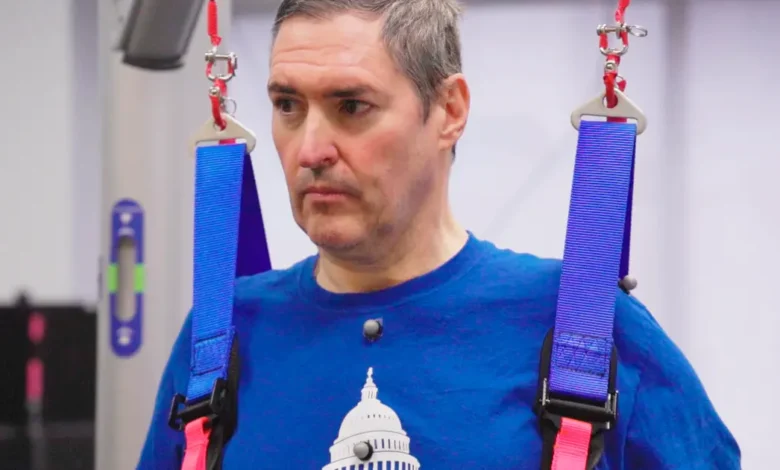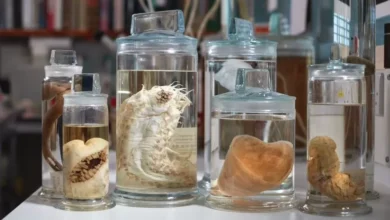A spine-zapping implant helped 3 people with a muscle-wasting disease walk better

Three people with spinal muscle atrophy (SMA), a muscle-destroying disease, experienced improved strength and mobility after receiving spinal cord stimulation from an implanted device. Researchers reported this as the first evidence that such implants, already tested for paralysis, might also benefit neurodegenerative diseases.
“These people were definitely not expecting an improvement,” said Marco Capogrosso, an assistant professor at the University of Pittsburgh who led the research. “Yet over the month-long pilot study, they were getting better and better.” SMA is a genetic disease that progressively destroys motor neurons in the spinal cord, causing muscle wasting. There’s no cure, but gene therapy can save young children with severe SMA, and some medications can slow its progression in older patients. Spinal cord stimulation has been used to treat chronic pain, and Capogrosso’s team has tested it to help paralyzed individuals regain limb movement. Capogrosso wondered if the technology could help SMA patients by activating sensory nerves to stimulate damaged muscle cells.
The Pitt researchers implanted electrodes over the lower spinal cord of three adults with SMA and assessed their muscle strength, fatigue, range of motion, gait, and walking distance with the device on and off. While it didn’t fully restore movement, a few hours of weekly stimulation led to improvements in muscle strength and function.
“With a progressive disease, you never get any better,” said study participant Doug McCullough, 57. “Either you’re staying stable or getting worse. So having any improvement is just a really surreal and very exciting benefit.”
All three participants could walk significantly farther in six minutes. One, initially unable to stand from kneeling, could do so by the study’s end. McCullough’s gait improved, with each step becoming about three times longer.
“They get less fatigued, so they can walk for longer,” Capogrosso said. “Even a person this many years into the disease can improve.”
Improvements persisted even after the stimulator was turned off, though they faded over time. McCullough described his legs feeling “supercharged” at night, even with the device off. He expressed disappointment at its removal after the study.
Neuroscientist Susan Harkema, who pioneered stimulation studies for spinal cord injuries, called the study a promising proof of concept, despite its small size and short duration. She suggested testing the technique on other muscle-degenerating diseases. “Human spinal circuitry is very sophisticated – it’s not just a bunch of reflexes controlled by the brain,” Harkema said. “This is a very solid study, an important contribution to move forward.” Capogrosso said longer studies are underway at Pitt.










